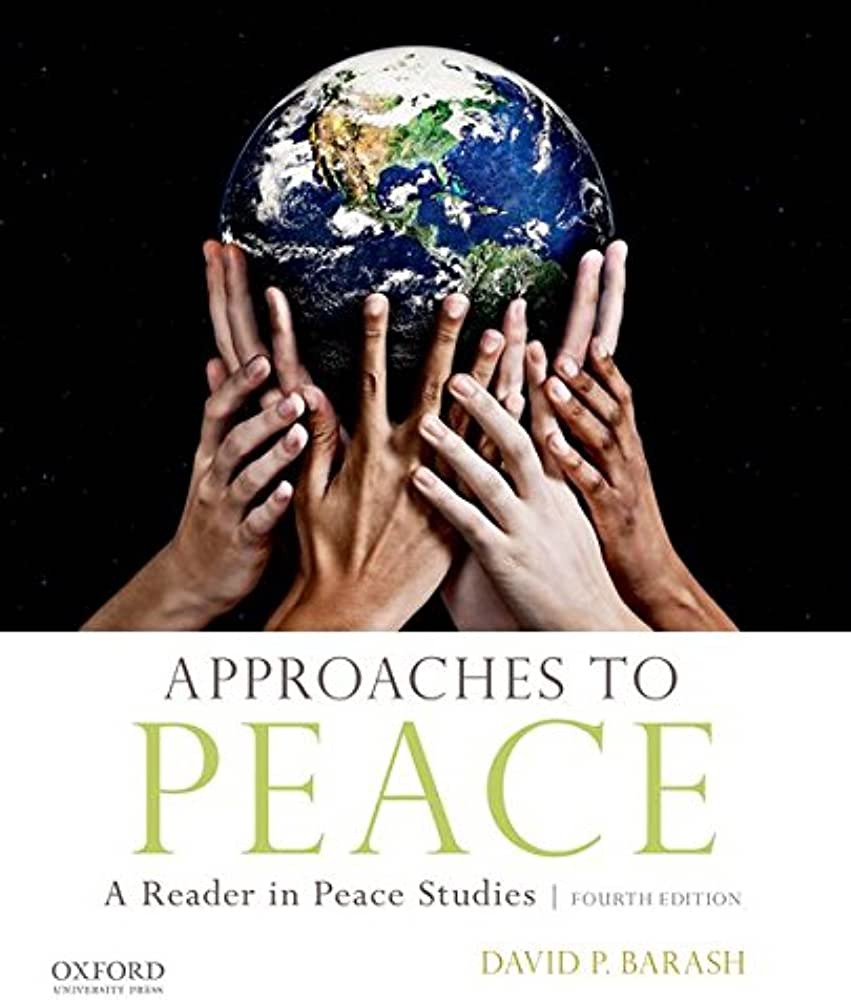VII. Approaches to Peace

Ways to deal with harmony in global relations allude to various systems and strategies used to accomplish harmony and strength on the planet. These methodologies can be separated into three primary classes:
1. Realist methodology: The pragmatist way to deal with harmony depends on the overall influence hypothesis. As indicated by this methodology, harmony must be accomplished in the event that the states are similarly strong. The states ought to construct their tactical abilities and partnerships to deflect expected aggressors. This approach accentuates the utilization of power and military ability to keep up with harmony and security.
2. Liberal methodology: The liberal way to deal with harmony centers around the significance of global establishments and standards to forestall struggle and advance participation. As per this methodology, harmony can be accomplished through the foundation of popularity based states, monetary relationship, and the advancement of common liberties. The liberal methodology accentuates the job of global regulation, discretion, and collaboration in settling clashes.
3. Critical methodology: The basic way to deal with harmony centers around the main drivers of contention, like destitution, imbalance, and bad form. As per this methodology, harmony must be accomplished by resolving these underlying issues. The basic methodology underlines the job of social and monetary equity, ecological supportability, and human security in accomplishing enduring harmony.
Strategy
Ways to deal with harmony in global relations allude to various methodologies and techniques used to accomplish harmony and steadiness on the planet. These methodologies can be separated into three primary classes:
1. Realist methodology: The pragmatist way to deal with harmony depends on the overall influence hypothesis. As indicated by this methodology, harmony must be accomplished in the event that the states are similarly strong. The states ought to assemble their tactical capacities and collusions to hinder expected aggressors. This approach underscores the utilization of power and military ability to keep up with harmony and security.
2. Liberal methodology: The liberal way to deal with harmony centers around the significance of global establishments and standards to forestall struggle and advance participation. As per this methodology, harmony can be accomplished through the foundation of majority rule legislatures, monetary relationship, and the advancement of common freedoms. The liberal methodology accentuates the job of worldwide regulation, tact, and participation in settling clashes.
3. Critical methodology: The basic way to deal with harmony centers around the main drivers of contention, like destitution, imbalance, and bad form. As indicated by this methodology, harmony must be accomplished by resolving these underlying issues. The basic methodology stresses the job of social and financial equity, natural manageability, and human security in accomplishing enduring harmony.
International Law
Global regulation alludes to the guidelines and rules that administer the relations between states, as well as the freedoms and commitments of states in their lead towards one another. A part of public worldwide regulation incorporates a great many legitimate instruments, like settlements, standard regulation, and general standards of regulation.
The wellsprings of worldwide regulation incorporate settlements, custom, general standards of regulation, and global legal choices and compositions of law specialists. Deals are the most widely recognized type of global regulation and are authoritative arrangements between states that are administered by the standards of pacta sunt servanda, and that implies that the gatherings should maintain the provisions of the understanding.
Global regulation covers many issues, including the utilization of power, common liberties, the climate, exchange, and tact. The Unified Countries assumes a focal part in the turn of events and execution of global regulation, especially through the Worldwide Official courtroom, the Global Lawbreaker Court, and the different settlement bodies and other worldwide associations.
Be that as it may, there are difficulties to the viability of global regulation, especially in regions like requirement and consistence. States might decide to overlook or abuse worldwide regulation assuming that they see it to be to their greatest advantage, and there are restricted instruments for upholding consistence with global lawful commitments.
Arms Control/Demobilization and Atomic Restraint System
Arms control, demobilization, and atomic restraint are key ideas in worldwide security and strategy. Arms control alludes to the arrangements and measures that nations take to restrict the creation, sending, and utilization of weapons. Demobilization alludes to the most common way of lessening or killing weapons, while restraint intends to forestall the spread of atomic weapons and their innovation.
The atomic limitation system is a bunch of peaceful accords and measures pointed toward forestalling the spread of atomic weapons and related innovation. The system depends on the Peace Arrangement (NPT), which was endorsed in 1968 and has been confirmed by practically all nations on the planet. The NPT tries to forestall the spread of atomic weapons to non-atomic states, while advancing the tranquil utilization of thermal power.
Arms control and demobilization endeavors have been sought after by different nations and global associations throughout the long term. The most eminent arms control deal is the Essential Arms Decrease Arrangement (Begin), which was endorsed by the US and the Soviet Association in 1991. The settlement planned to diminish the quantity of atomic weapons held by the two nations.
Different arms control and demobilization arrangements incorporate the Substance Weapons Show, the Organic Weapons Show, and the Complete Atomic Test-Boycott Settlement. These arrangements look to disallow the creation, storing, and utilization of weapons of mass obliteration.
Generally speaking, the objective of arms control, demobilization, and atomic limitation endeavors is to diminish the gamble of contention and advance global harmony and security.